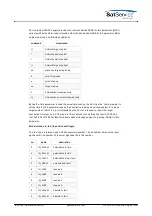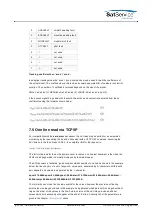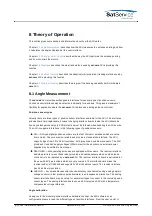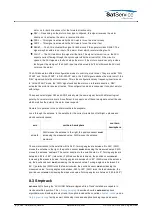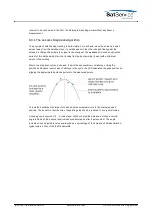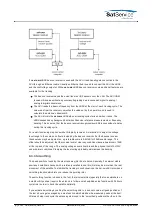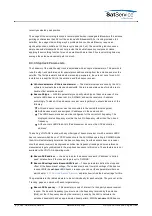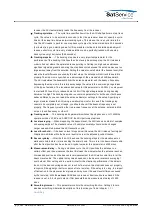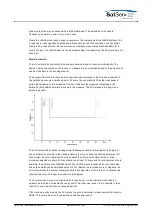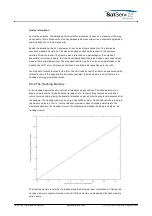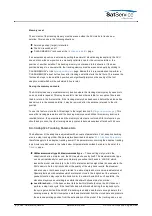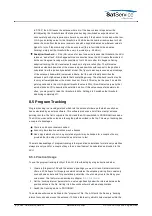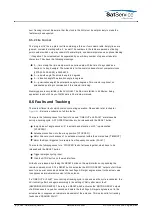
plain sine function may be tracked with the MEDIUM model. The amplitude of the double
frequency sine simply is near zero in such a case.
Finally the LARGE model adds a linear movement to the components of the MEDIUM model. This
is required to track significantly inclined satellites over a period of several days. Such satellites
tend to drift in their position, the linear movement component can compensate this effect for a
couple of days. The LARGE model is the most demanding one concerning the step track data it is
based on.
Model selection
The ACU normally by itself selects the adaptive tracking model for each axis individually. The
decision which model will be used in case of a beacon drop out is made based on the amount and
quality of the data in the tracking memory.
The quality of the recorded data mainly depends on the amplitude of the antenna movement. If
the satellite moves only a small amount in 24 hours, the uncertainty of the step track peaks is
quite high compared to this amplitude. The ACU compares the movement amplitude to the
antenna's (half) 3dB beam width to evaluate this measure. The ACU presents this figure as a
percentage value.
The ACU selects the adaptive tracking model following a scheme as illustrated in the diagram
above. Below 6 hours data in the tracking memory there is no adaptive tracking possible at all.
With at least 6 hours of data and 18 valid samples the ACU uses the SMALL model. If the
movement amplitude is above 30% and there are at least 12 hours with 36 valid samples of data
available, the ACU uses the MEDIUM model. The LARGE model requires 48 hours of data with
144 valid samples and an amplitude value of 30%. (Beside the recorded hours of steptrack the
ACU also watches the number of samples. With a tracking interval of more than 15 minutes, the
required times may be longer than shown in the diagram.
The ACU provides a 'max. model' parameter for each axis. You may limit the model size to a
smaller one than the ACU would choose by itself. The other way round it is not possible to force
the ACU to use a model it has not enough data for.
If the tracking results are bad, the ACU will not be able to calculate a model and set the model to
NONE. This occurs also if only one axis have bad tracking results.
(C) 2022, SatService GmbH
www.satnms.com
ACU-19V2-UM-2209 Page 60/65


